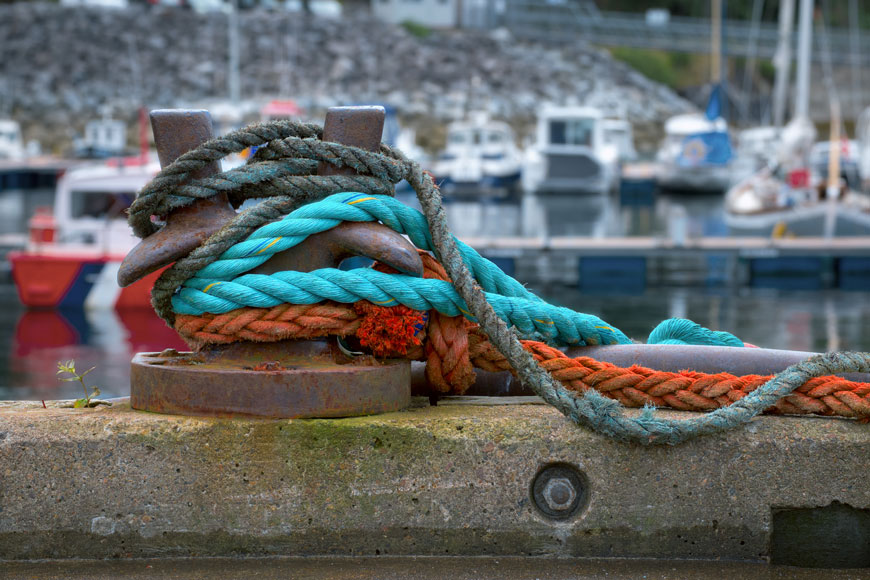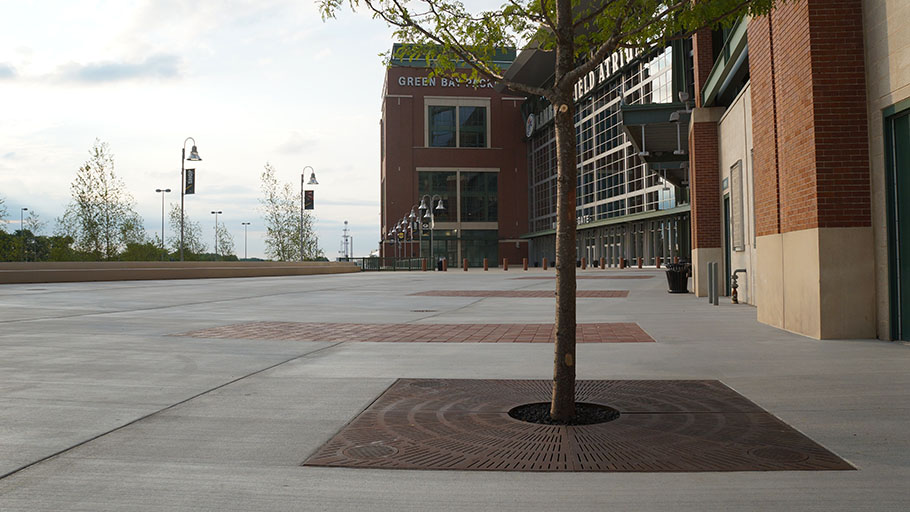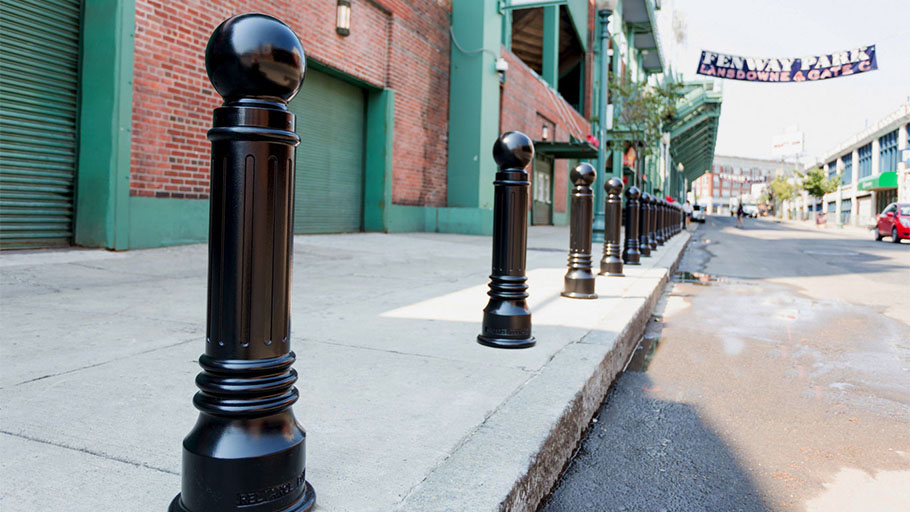Pedestrian fatalities increase during the fall and winter months. How do we design commercial and urban spaces for year-round pedestrian safety?
With fewer hours of daylight and icy, slippery roads and sidewalks, winter conditions can make urban spaces dangerous for pedestrians. In some jurisdictions, pedestrian fatalities more than double during the fall and winter. Seniors over 50 are most likely to be fatally struck by a vehicle during the winter, possibly due to slower walking speeds and delayed reaction times.
Slippery sidewalks can also lead to dangerous falls and injuries. Falls are the second leading cause of accidental death worldwide, and leading cause of injury and death for seniors in the US. Winter conditions can also turn safe, easily navigable paths into hazardous, unusable barriers for disabled or visually-impaired pedestrians. It’s no wonder people tend to stay home in winter! Some have gone so far as to call winter a public health hazard, one that negatively impacts our physical and mental health.
Urban planners and landscape architects need to keep winter conditions in mind when designing public and commercial spaces to ensure pedestrians can enjoy year-round access to our public spaces and experience outdoor activities safely.
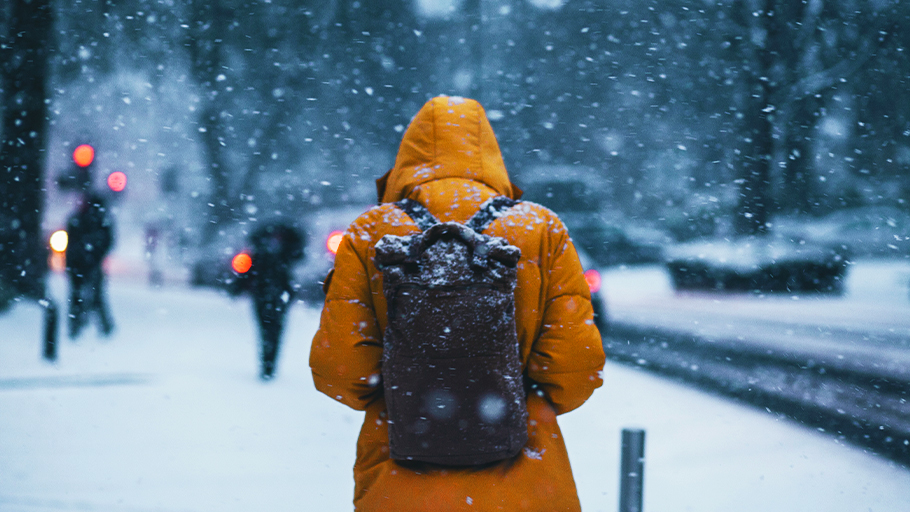
Design for the Conditions
Safe winter environments start with planning ahead. Architects and planners can use all-weather design principles to ensure their projects make shared public spaces feel warmer and more inviting. Designing to maximize light and block wind can go a long way towards creating appealing microclimates for pedestrians. Even considering where a building’s shadow might fall during a day can extend the natural daylight available during the winter season.
Small things can make a big difference when it’s dark and dreary. Creating comfort stations, where pedestrians take a break from the cold, and colorful wayfinding signage, to help pedestrians navigate the winter environment even when visibility is low, can make a world of difference. Snow has a natural slowing effect on vehicles, but clearly posted speed limits in parking lots and driveways can further ensure malls, campuses, and schools are safer places for pedestrians during winter months. Additional protective measures for pedestrians might include installing crash-rated bollards that can prevent cars from accidentally sliding into storefronts in icy conditions.
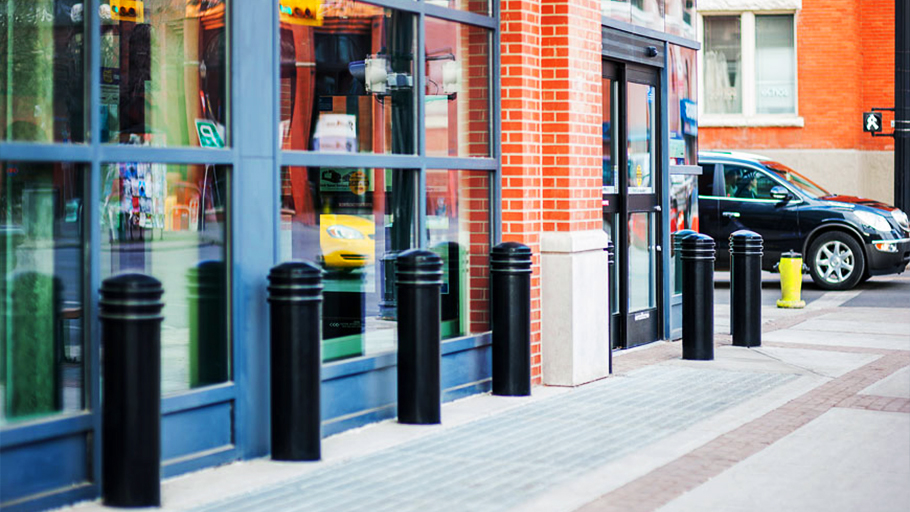
And of course, salting and regularly removing snow and ice from pedestrian pathways and parking lots will keep your urban environment safe and usable for pedestrians of all ages and abilities. Clearing sidewalks is especially important for older pedestrians, who tend to stay inside more frequently during inclement weather, largely due to concerns over sidewalk conditions. With better planning, and creatively designed spaces, winter can be a wonderful opportunity to create safe, lively streetscapes for everyone.
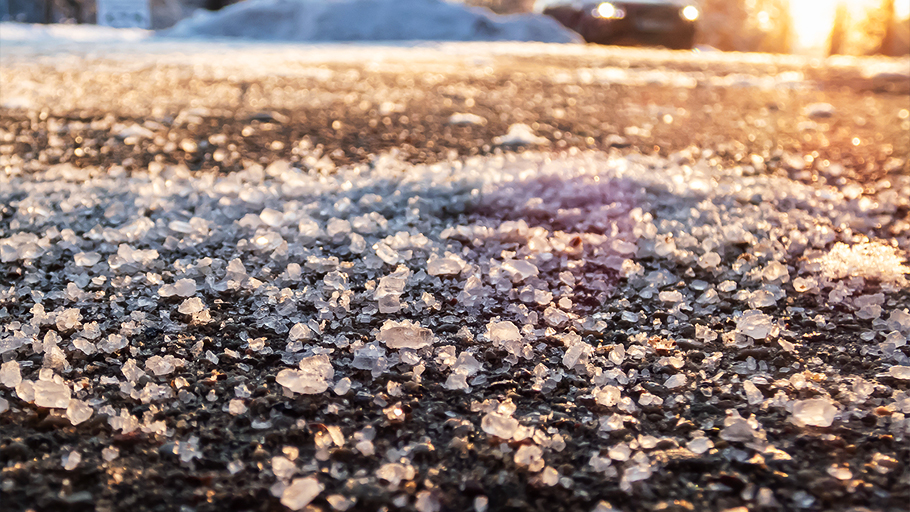
Light it Up
Passive lighting is the key to creating better (and brighter) outdoor winter environments for pedestrians. Building brightness into a winter landscape creates a cozy sense of hygge—the Scandinavian word for cozy comfort. Snow reflects light, so diffuse, passive light is often all that is needed to brighten a winter street or pathway. Many popular urban winter festivals around the world rely on lighting up cold urban streets to create lively, attractive winter outdoor events, including Montreal’s annual Luminothérapie festival.
Lighted bollards are an excellent way to provide gentle, unintrusive illumination in the winter months. Tough and resilient, they can be hardwired for year-round brightness regardless of weather conditions—but keep in mind that solar powered bollards can be surprisingly effective in cold but otherwise sunny conditions. Low impact bollard lighting can help transform potentially hazardous sidewalks and pathways into a winter wonderland of warm reflected light.
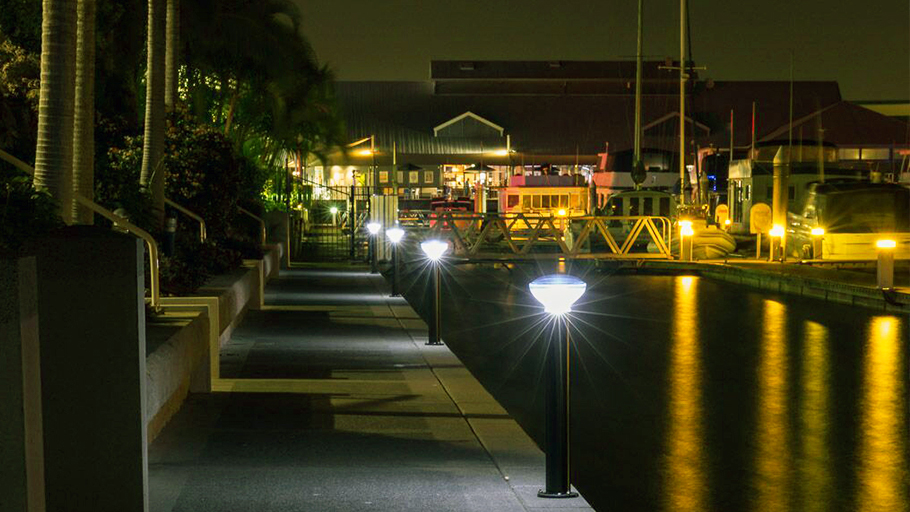
Urban planners and landscape architects must design public spaces with winter conditions in mind, to ensure safety for pedestrians year-round. Designing roads and sidewalks to be easily maintained, installing wayfinding signage and pathway lighting, and using bollards to protect pedestrian areas are all ways that outdoor spaces can be made safer in winter.




